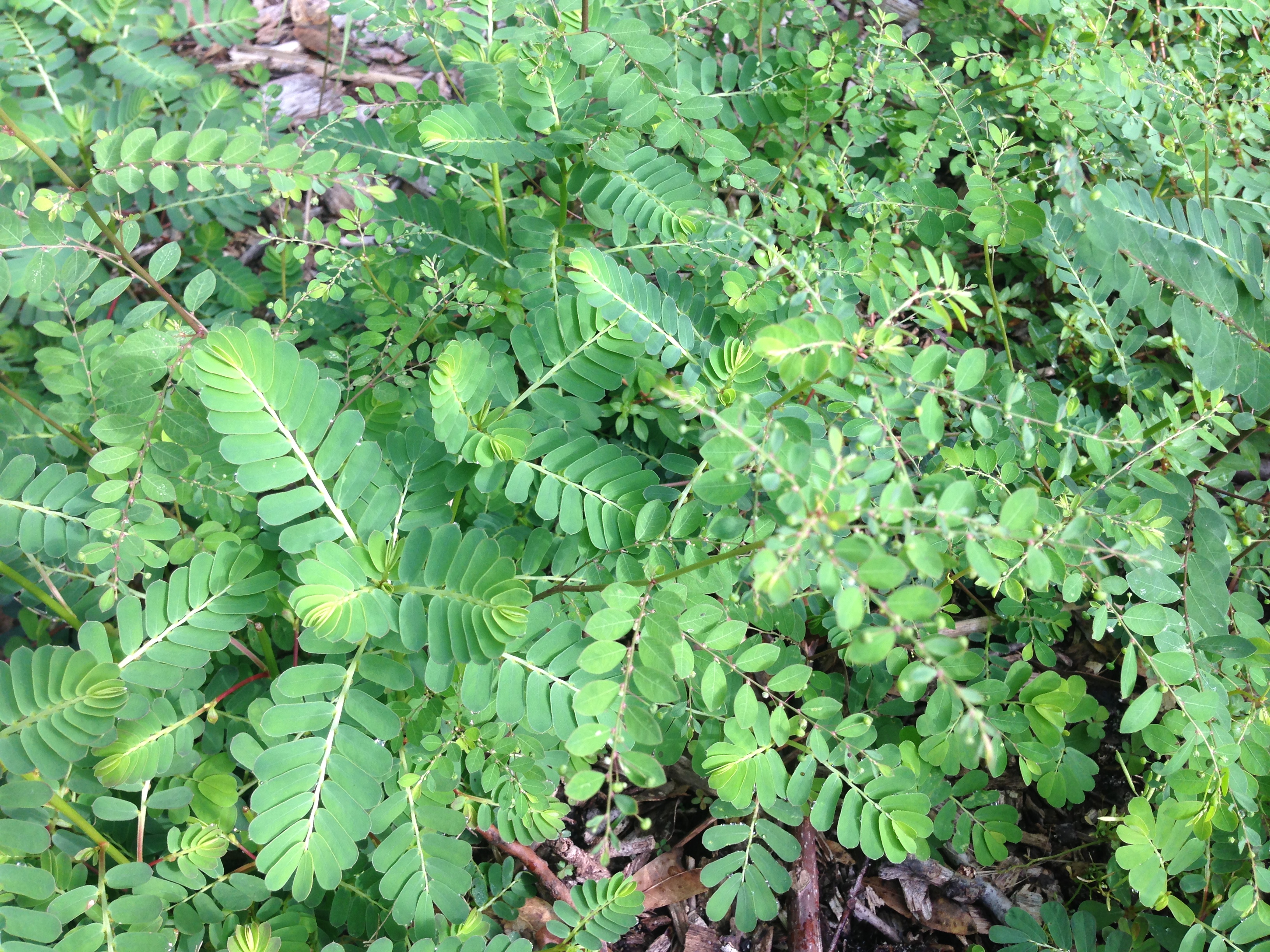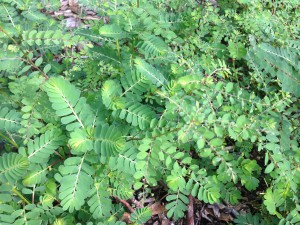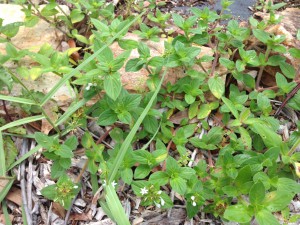
Weeds are Getting Ready For Spring 2016
Weeds are growing everywhere, especially in manicured lawns and landscapes despite the best efforts of owners who have spared no expense to remove the offending flora. Herbicides to control the weeds seem to be less effective as August progresses.
The reality, at least about the herbicides, is different from perceived appearances. Herbicides can be a wonderful tool for the homeowner, if applied properly.
[important]The first point to remember about herbicides is to always, Always, ALWAYS apply them as instructed by the label directions. The oft quoted mantra of “the label is the law” is accurate.[/important]
Herbicides and their labeling are periodically reviewed and assessed to confirm effectiveness against target weeds without damaging the environment. Not following the label directions can have many negative implications for both the environment and the applicator.
Herbicides are either selective or non-selective when killing plants. Non-selective herbicides kill or damage every plant, but selective herbicides target a narrower range of plants.
Never apply herbicides when there is a breeze or wind. Herbicide drift can injure or destroy plants that are not the intended target.
High temperatures can contribute to the drift problem by volatizing some of the herbicide spray. Even the lightest air movement will cause drift off the target weeds when this condition exists. Herbicide drift can also be deposited in ponds and streams, harming the aquatic creatures that live there. Some herbicides are toxic to fish, insects and other animals that can be killed by tiny amounts of the active chemical. Additionally, the off target herbicides can kill aquatic plants. When the dead plants decay, they deplete the water of oxygen, again threatening or ending the life of the water’s residents.
Rain or dew resulting from high humidity can negate a herbicide’s application. If a leaf is wet, most or all the herbicide will run off on to the soil where it can leach into the water table.
Unless stated on the label, herbicides work only when the plant is actively growing. A hot, dry week or two can put a plant in drought mode, suspending growth and the herbicide’s effectiveness.
Many weeds have already produced seeds for next spring. Herbicides applied now will not affect the germination of that seed months from now.
The most effective strategy is to mow weeds before they set seed or to collect and destroy those which have already produced seed. Even with 100 percent success at eliminating this year’s weed seed crop, there will be weeds next year.
Some weed seed remain in the soil, sometimes for decades, only to germinate when conditions are perfect for their sprouting. Sickle pod and crotalaria are local examples of long term seed vigor.
Other seed can blow in or be dropped by wild or domestic animals passing through the property. A pre-emergent herbicide which stops germination can help control these latent invaders.
For more information:


